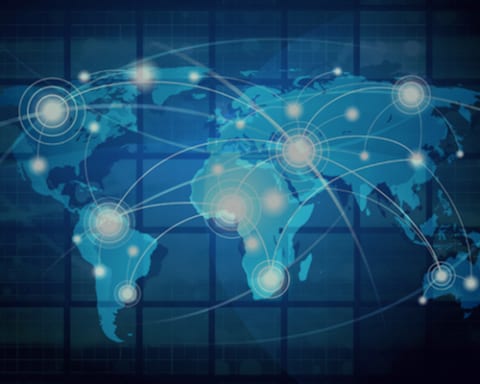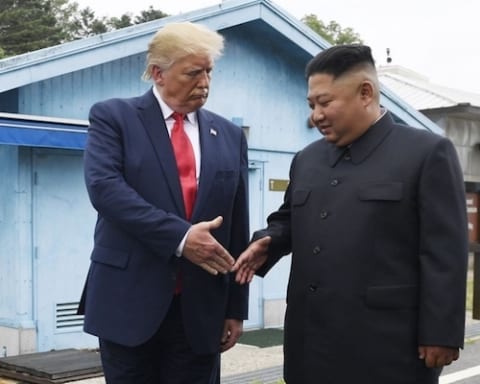Washington, DC
The U.S. Government provided support to Indonesia while up to one million suspected communist sympathizers were being killed by the island nation’s military, according to newly declassified American documents from the 1960’s.
The declassified materials contain 30,000 documents from the U.S. embassy in Jakarta that indicate American officials knew about mass killings in 1965-66 from the start. During that time, the U.S. provided the Indonesian military with money, equipment and lists of communist officials.
Also known as the Indonesian Genocide or Indonesian Communist Purge, the murders began as an anti-communist purge following a coup attempt. Over many months communist sympathizers, ethnic Chinese and alleged leftists were targeted, often at the instigation of the armed forces and government. At the time, Indonesia’s Communist party (PKI) was the third largest in the world, with some 3 million members.
The most widely published estimates were that 500,000 to more than one million people were killed, with some more recent estimates going as high as two to three million.
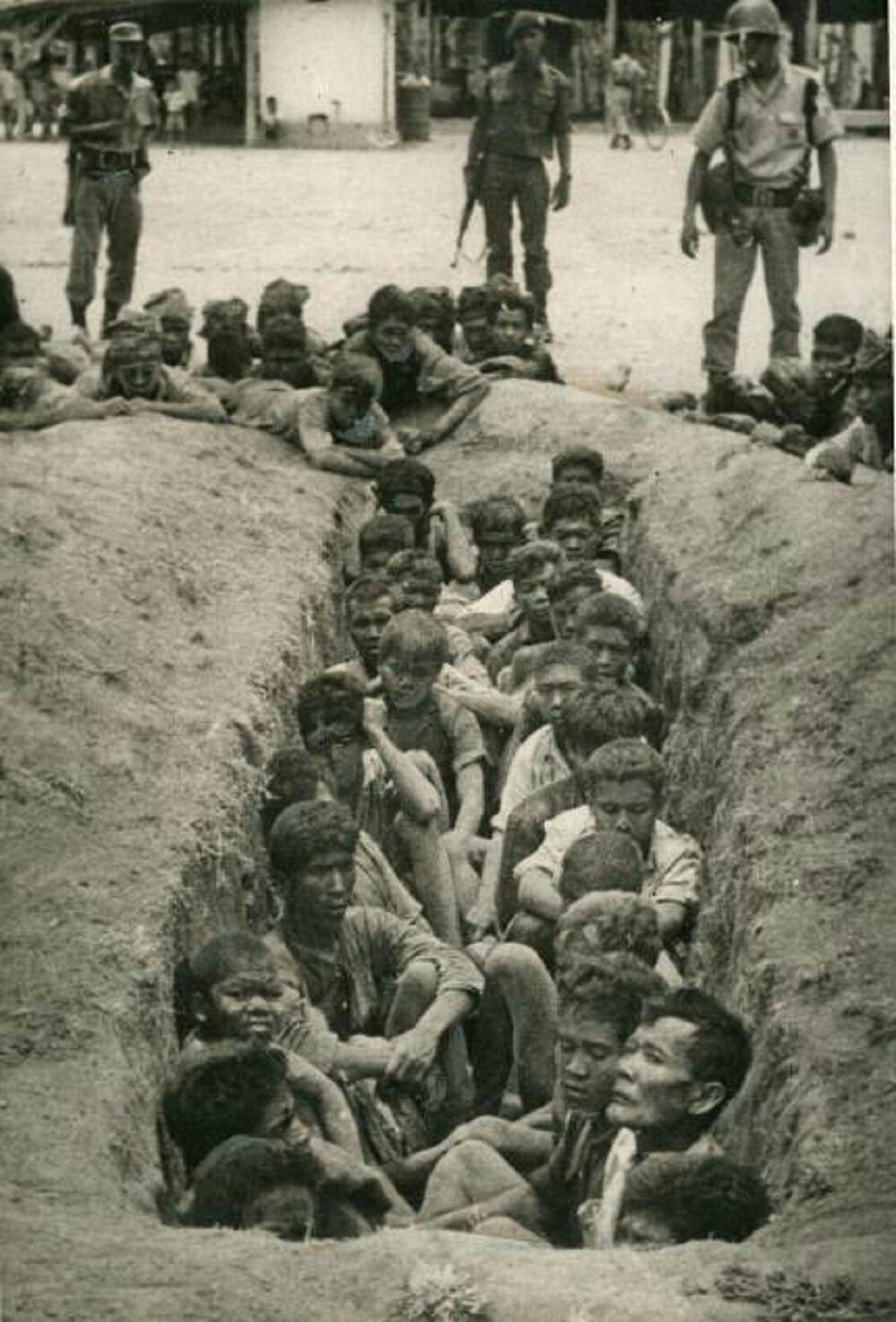
The massacre marked a critical moment in the Cold War, and was considered a victory for the Lyndon Johnson administration, shifting the balance of power in Southeast Asia. As the US was escalating its involvement in Vietnam, Lyndon Johnson received almost daily briefings about the situation in Indonesia.
The declassification was performed by the U.S. government affiliated National Declassification Center and the National Security Archive, a non-profit organization headquartered at George Washington University in Washington, DC. The declassification was the result of concerted efforts by U.S. and Indonesian human rights activists, including a group of U.S. Senators led by Tom Udall (D-NM), as well as filmmakers.
“The files … comprise the largest and most complete record of Indonesian politics at that time,” said Bradley Simpson, an Indonesian history professor at Northwestern University who led the review of the files, “particularly because the Indonesian government hasn’t declassified most of its own records from the period.”
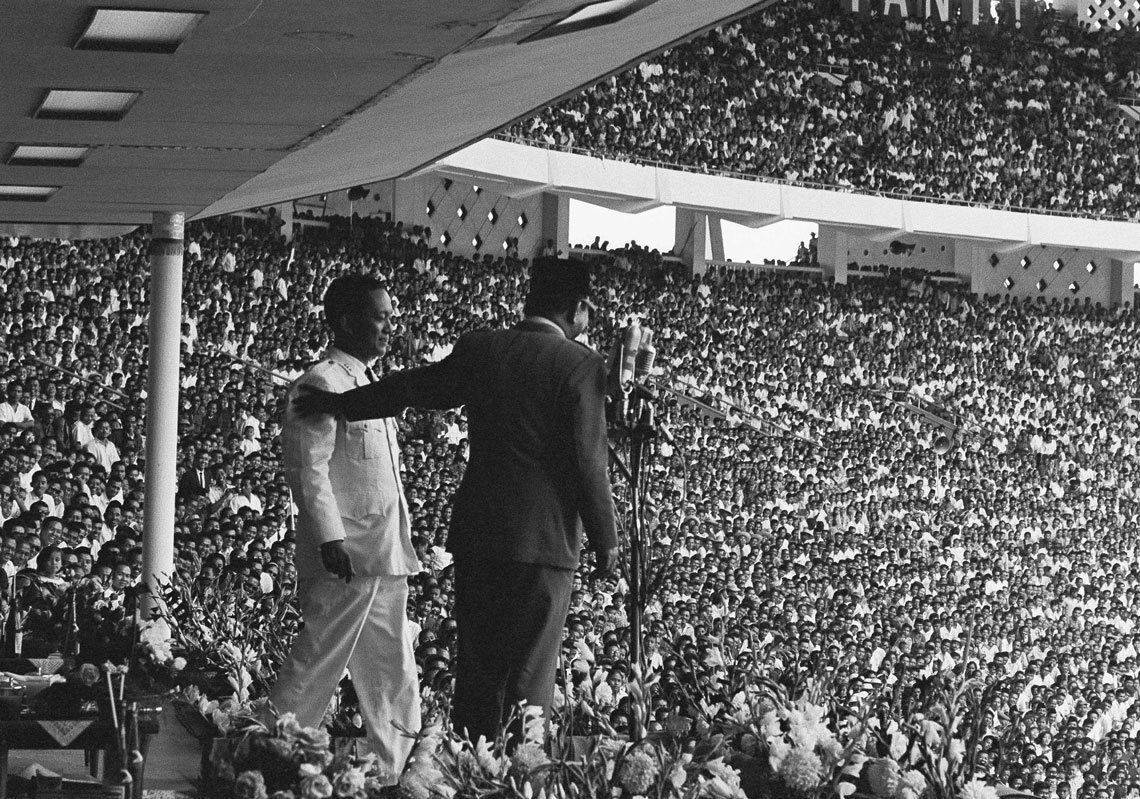
The documents show U.S. knowledge of information contradicting the Indonesian military’s narrative that the killing of six army generals in a failed September 1965 coup was ordered by the PKI. In a November 1965 file, US officials were informed that the killings were not necessarily performed by the PKI, but could have been an “intra-government operation to seize [a] limited group of top generals”.
As reported by the Financial Times, John Roosa, who works in Indonesian history at the University of British Columbia, stated, “The generals’ murder on September 30 [1965] is the central event to the Suharto regime’s narrative … It is remarkable that the US ambassador at the time, Marshall Green, was aware in 1965, and in fact gave credence to it, according to these documents.”
The declassified files comprise the majority of the daily record of the US embassy in Jakarta from 1964 to 1968, the period that saw Indonesia transition from its founding president Sukarno to the leadership of Suharto.
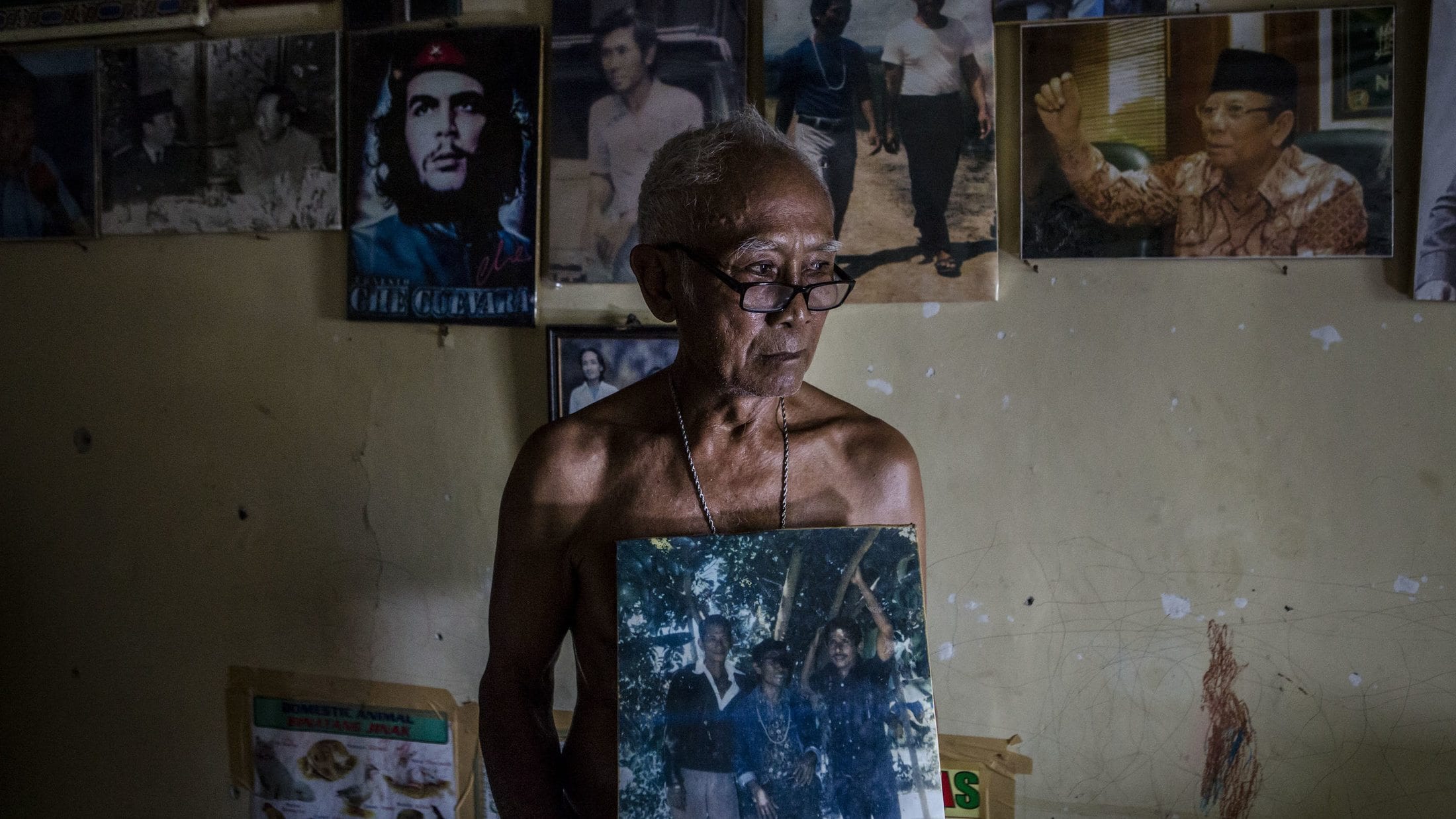
One declassified embassy report from 1967, states that the US had a “heavy stake in the outcome” of Suharto regime’s success.
Suharto embezzled over $30 billion from Indonesia according to Transparency International.
The files also contain evidence of the U.S.’s role in the allocation of Indonesia’s natural resources in the years following the massacre. The Indonesian economy had collapsed during the regime change, and two documents from 1967 show the Suharto administration trying to entice western companies to return to the country.
Document-7-US-Embassy-in-Jakarta-Telegram-A-298
[Title Image: Bettmann/Corbis (Soldier guards suspected Communists in Tangerang, Jakarta, December 1, 1965)]
LIMA CHARLIE NEWS
Lima Charlie provides global news, insight & analysis by military veterans and service members Worldwide.
For up-to-date news, please follow us on twitter at @LimaCharlieNews
In case you missed it:


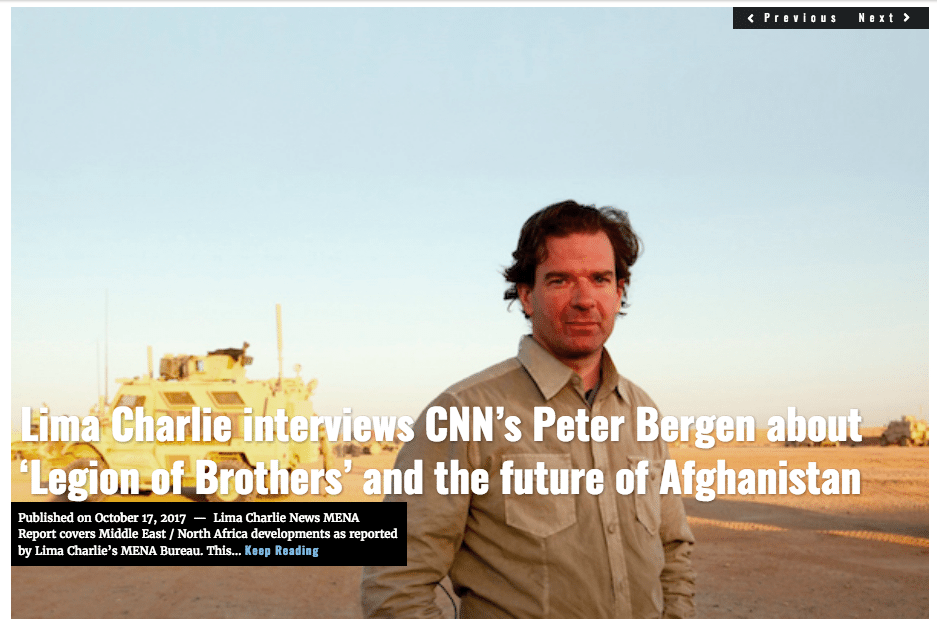
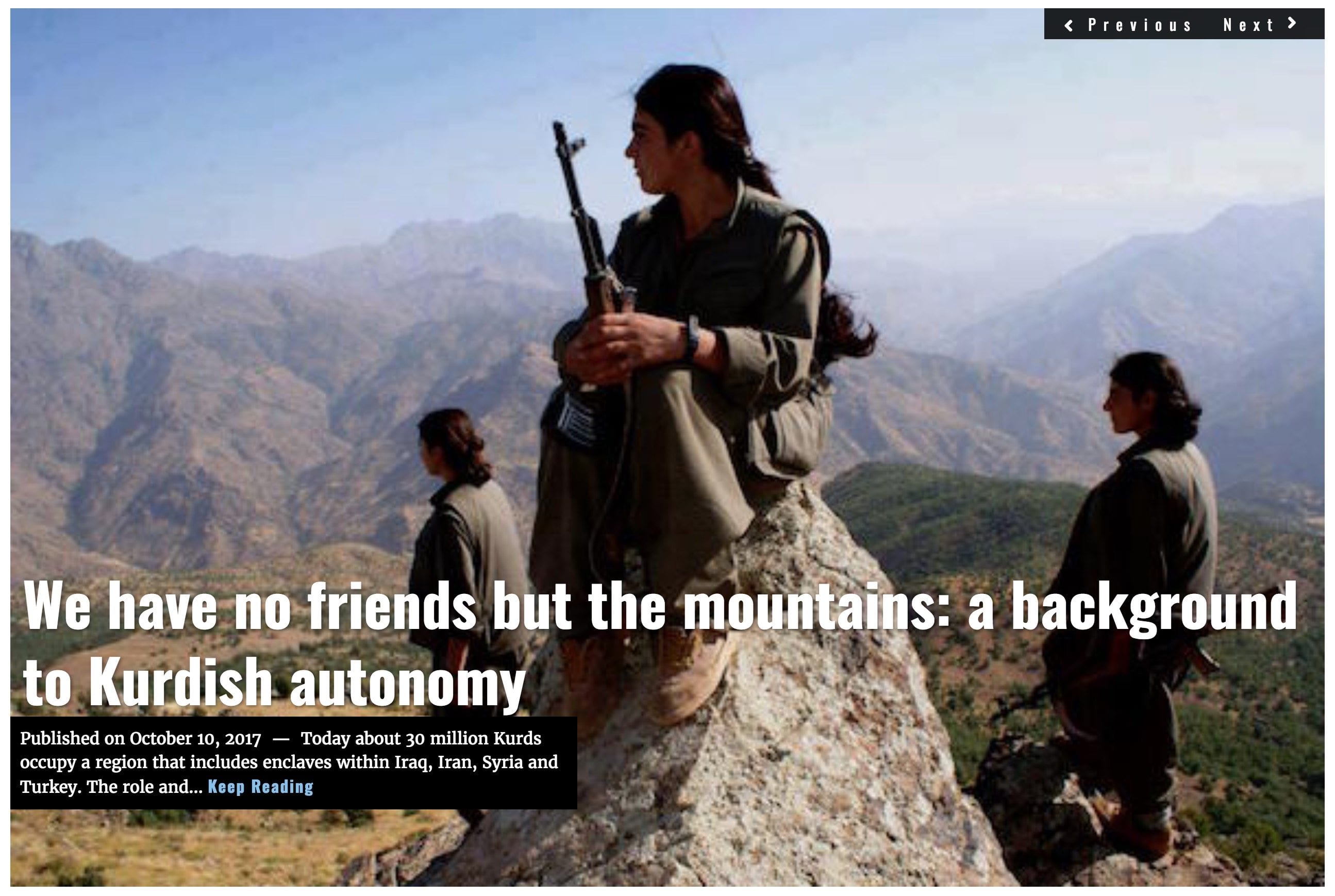


![Blossoming Russo-Turkish alliance leaves U.S., NATO behind [Lima Charlie News]](https://limacharlienews.com/wp-content/uploads/2019/07/Russia-Turkey-alliance-leaves-U.S.-NATO-behind-480x384.png)
